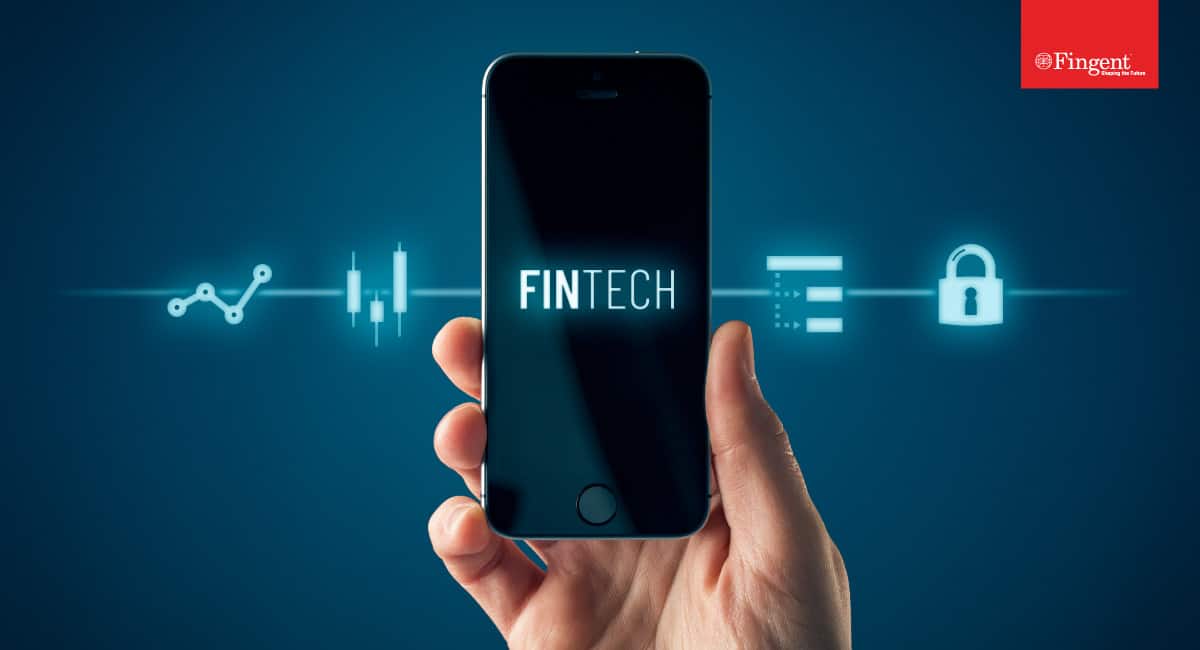5 Pointers for Using Mobile Banking Apps Safely
There were times when common banking activities like withdrawal of money or deposit of money meant time-consuming visits to the bank and waiting in line for hours. As inconvenient and troublesome as that was, it also meant less risk of being cheated and less chances of theft of personal information. Today, we have banking at our fingertips, with mobile banking applications. What we used to do in probably three to four hours earlier, can be done now with a few simple clicks or taps in a matter of seconds and that too from anywhere in the world if you have a smart device and the internet. But how secure are these mobile banking apps and online transactions? Could someone be stealing all the information you send out through such apps?
The truth is that there are various risks of being victims to such cyber attacks, but thankfully mobile banking apps these days are made with several layers of protection and it would take considerable effort for a thief to break in through all of that. Nevertheless, there are some things that you should do too, to make sure that your information is safe and protected while using mobile banking apps. Here’s what you should do for a safe banking experience online:
- Avoid following links and thus phishing – Phishing refers to the practice of acquiring personal and important information such as passwords, usernames and the like by pretending to be a trustworthy person or entity. It basically involves tricking someone into providing sensitive information and then using that information for malicious practices. It is in a way similar to actual ‘fishing’ as both of them involve bait to lure the victim into the trap. The bait in phishing could be a simple text message with an internet link or an email, or even a website, which could even look like your bank’s website (spoofing). You should never follow links on such emails and messages. According to the Federal Trade Commission, these are the most common ways that scammers use to steal private information from you. Legitimate companies and banks never ask for credit or debit card numbers, passwords or social security numbers and the like through emails and texts, so if you see a message somewhat like this:
“We suspect an unauthorized transaction on your account. To ensure that your account is not compromised, please click the link below and confirm your identity.”
DO NOT click on the link. - Download only the official banking app from a reputed site or store – Most leading banks offer their official applications on most smartphone app stores. For a fact, such apps are a lot more safe and secure than other apps and are definitely better than sending SMSs and emails. Banks actually go a long way to ensure that any information entered and sent across through their apps is encrypted. Hence make sure you download only the official app and only from leading well-known app marketplaces, like that of Google’s and Apple’s. Your bank will probably have information about their official app on their website, which you can use to verify the credibility of the app you are about to download.
- Avoid banking through public networks – Public WiFi networks are often not that secure. Even simple banking activities like checking your balance can make your private information vulnerable over the network. Most places that offer such WiFi or hotspot networks often advise their users not to share private information through it. It is always better to switch to your phone’s network in case you have to use your banking app while in a public network, as fraudsters and thieves could also be using the same network and may be waiting to steal your information. Some phones allow automatic switching to WiFi once they are in range of an open one. Hence, make sure you are not on a public network before using online banking apps or sharing any private, sensitive data.
- Avoid having personal data on your phone – For the same reason that your phone is the most convenient tool that you can easily carry around everywhere, it also proves to be sort of a risk sometimes. Your phone can have all kinds of information, like your calendar appointments, your passwords and your contacts. Such information can be read by other apps and other devices if not properly monitored and can be used against you. It also means you should be careful about where you leave your phone. Try avoiding maintaining private information on your phone as much as possible. If at all you have to, make sure you have several layers of protection for your phone. This will at least give you some time to lock your phone in case it gets stolen or lost.
- Make sure you have an updated anti-virus system – Keeping your system up to date with the latest software along with the latest security patches can actually help a great deal in keeping away malicious software and people. It is also good to download an appropriate, trusted antivirus program for your phone as well. That adds as an extra layer of protection to the phone as well.
Keeping all these points in mind, you can very well use mobile banking apps safely. All you need to do is be a little careful and alert. In spite of all this, if you happen to lose your phone, you have the Federal Laws to the rescue. According to CNN, you can recover your losses with a limit of $50 if you report the loss within two days of its discovery. Several banks apparently already have policies in place, that waive the liability completely. Even then, prevention is better than cure, so it’s always better to avoid theft and follow these simple steps while using mobile banking apps.
Stay up to date on what's new

Recommended Posts

03 Dec 2021 Financial Services
Is AI The Future Of Banking?
The pandemic is now the biggest and most critical challenge of traditional banking. Some of these challenges are revenue pressure, data security, customer service management, data collection and analysis, risk……

05 Nov 2020 Financial Services
FinTech: Safeguarding customer interest in the post-pandemic world
The inevitable role of FinTech in improving your financial systems and outcomes The COVID-19 outbreak has affected every aspect of the economy including financial technology or FinTech. Postponed events and……

19 Jun 2020 Financial Services
How HR and Banking Sectors can Benefit from RPA
Transforming Businesses with RPA- Leading Use Cases in HR and Banking Various organizations use RPA tools to automate simple to complex tasks and perform them with minimal or no human……

21 Aug 2019 Financial Services Logistics
How Robotic Process Automation Is Revolutionizing Industries?
Robotic Process Automation Reflecting The Banking, Insurance & Logistics Industries Robotic Process Automation is the fastest-growing segment of the global software market. Using this technology, companies can fast-track their digital……
Featured Blogs
Stay up to date on
what's new




















































